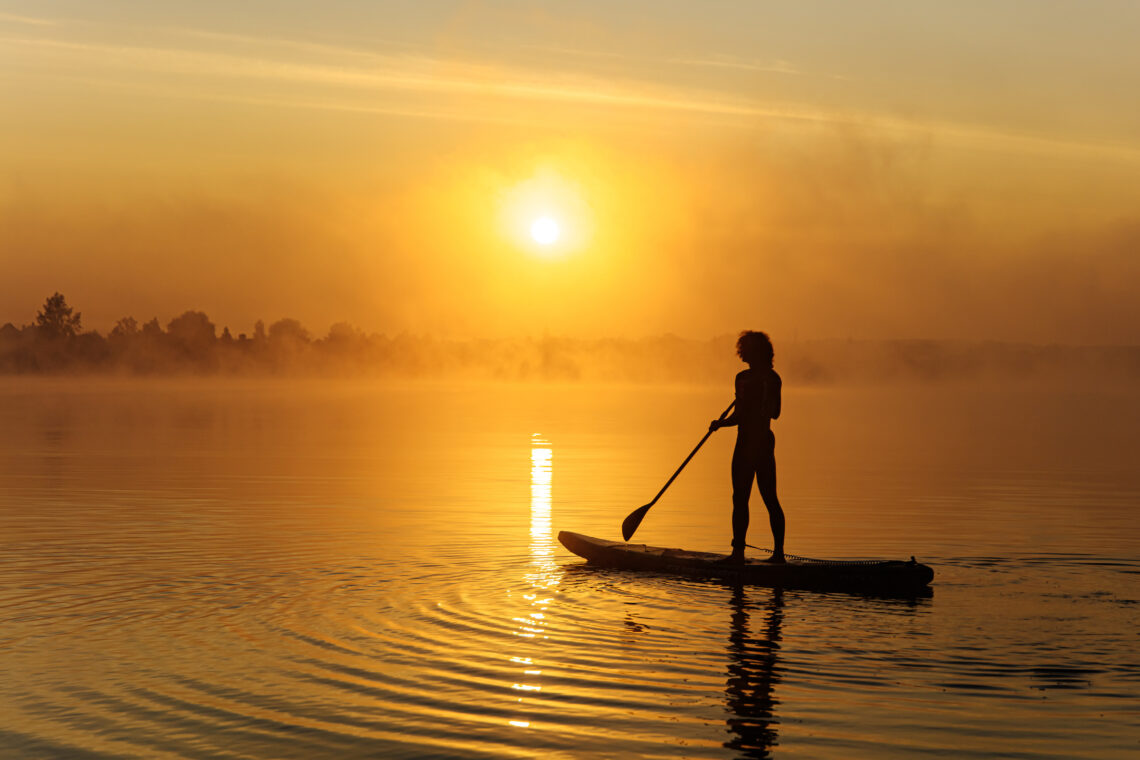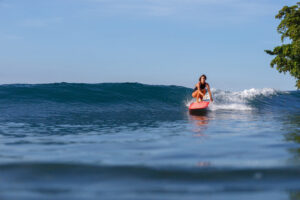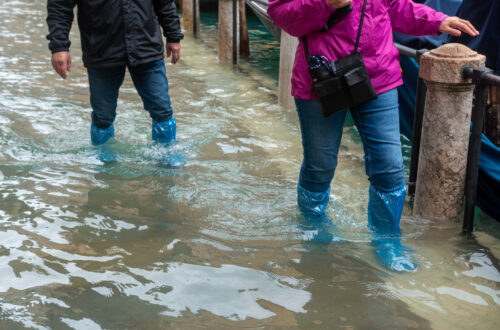
Dive into Safety: Understanding Water Environments and Water Safety
Welcome to Decipher Your Health, where we prioritize your safety and well-being. Today, we’re diving into an important topic: water safety. Whether you’re planning a beach vacation, a lakeside retreat, or a day at the local pool, understanding the differences between water environments and the essential safety precautions are crucial. In this article, we’ll explore the unique characteristics of the ocean, river, lake, and pools, and discuss why water safety should be a top priority for everyone.
The Ocean: Power and Unpredictability
 The ocean is a vast and powerful body of water that demands respect and caution. It presents unique challenges because of its strong currents, large waves, riptides, and potentially dangerous marine life. Before diving or wading in, it’s vital to check local weather and surf conditions, obey warning signs, and swim only in designated areas where lifeguards are present. Additionally, being aware of rip currents and knowing how to escape them is essential.
The ocean is a vast and powerful body of water that demands respect and caution. It presents unique challenges because of its strong currents, large waves, riptides, and potentially dangerous marine life. Before diving or wading in, it’s vital to check local weather and surf conditions, obey warning signs, and swim only in designated areas where lifeguards are present. Additionally, being aware of rip currents and knowing how to escape them is essential.
The River: Flowing Adventure:
Rivers offer scenic beauty and recreational opportunities, but they also come with their own set of risks. The flowing water and uneven terrain can make swimming challenging, and strong currents, and undertows, can quickly carry even experienced swimmers downstream. If someone is caught in an undertow, don’t panic. Remember “Reach, Throw, Row, Go”.
Reach them with an oar or branch.
Throw a life vest or safety ring.
Row to them in a boat.
If this is not possible, AND ONLY if you are an accomplished swimmer with no other alternative, Go into the water after them.
If you are the one taken by an undertow, the key is not to panic. Get in a safety position: Float on your back with your feet facing downstream, (the direction where you are being pulled). This way, if you encounter any debris, it will hit your feet, not your head, and you can push off with your legs.
Safety begins before you even get in the water though. It’s crucial to know about the river’s conditions beforehand. Check the water levels and for any potential hazards. And don’t forget! Wear a properly fitted life jacket and avoid swimming alone.
The Lake: Tranquility with Hidden Hazards
Lakes are often seen as serene and peaceful, but they have their own hazards. Lakes can be deceptively deep, and underwater obstructions like rocks and fallen branches may be hidden below. To stay safe, always stay in designated areas and be mindful of underwater conditions. Lakes can become crowded , too, so it’s important to be aware of others: boaters, swimmers, and anyone else in the water. Watch for potential hazards like strong winds or sudden weather changes. Consider having a swimming buddy.
Fresh warm lake water can also be a source of infection. Consider looking up the safety of the body of water. Although extremely rare, the parasite called Naegleria fowleri lives in some warm freshwater lakes in the United States. This amoeba is relatively harmless if swallowed. However, if it gets into your nose and sinuses, it can lead to a brain infection (meningitis) and death. In general, do not swallow lake or river water as it can also contain Giardia which causes diarrhea and dehydration.
Private Pools: Fun at Home
Once something few could afford, backyard pools are now a popular investment in summer fun. But they also come with their own dangers. According to the Red Cross, “69% of young children who drown were not expected to be in or near water.”
Be sure you have safety equipment close at hand, and everyone in the pool and yard knows where it is.
Always have an adult “on duty.” Too many child drownings occur because one adult thought another was watching the children. One adult is named to watch the children and that has to be their only role. Institute a hand-off routine. If the adult on duty wants to socialize or go into the house to get a drink or go to the bathroom, duty has to be passed to another. It has to be said, not assumed.
Check out the American Red Cross’s page on pool safety for more tips.
The Public Pool: Controlled Environment with Responsibilities
Swimming pools provide a controlled environment with lifeguards (hopefully), shallow and deep ends, and clear visibility. However, it doesn’t mean we can overlook safety precautions. Pools can still pose risks, especially for inexperienced swimmers, children, or those who overestimate their abilities.
Always follow pool rules, supervise children closely, and know the location of safety equipment such as life rings and first aid kits. Drowning is the number one cause of death in children age 1-4 in the United States.
Water Parks: Fun with Friends and Family
Water parks are popular summer destinations, but they have their own risks. For example, wave pools are considered one of the most dangerous features in water parks. Lifeguards must be on special alert when guarding these pools because swimmers are purposely knocked over by the waves and people are screaming. It often looks like chaos.

When playing in a wave pool, don’t rely on the lifeguards – a responsible adult should accompany young children at all times and the children should wear life jackets. Older children who are strong swimmers should always have a swim buddy with strict instructions that if one gets out of the pool, so should the other.
Universal Water Safety Practices
Regardless of the water environment, certain safety practices apply to all situations. These include:
- Learning how to swim and improving your swimming skills.
- Never swimming alone, especially in unfamiliar environments.
- Educating yourself about water safety and teaching children the importance of following rules and guidelines.
- Avoiding alcohol consumption when swimming or supervising others in water.
- Using appropriate safety equipment, such as life jackets or personal flotation devices when boating or participating in water sports.
- Keeping an eye on weather conditions and avoiding swimming during thunderstorms or other hazardous weather conditions.
Water safety is an essential aspect of enjoying aquatic environments responsibly. By understanding the unique characteristics of the ocean, river, lake, and pool, and adopting universal safety practices, you can ensure your own well-being and that of your loved ones. Whether you’re planning a water adventure or simply enjoying a dip, remember that taking the necessary precautions and staying informed are the keys to a safe and enjoyable experience. So, dive into safety and make unforgettable memories while protecting yourself and others.
Disclaimer
The information in this blog is provided as an information and educational resource only. It is not to be used or relied upon for diagnostic or treatment purposes.
The blog does not represent or guarantee that its information is applicable to a specific patient’s care or treatment. The educational content in this blog is not to be interpreted as medical advice from any of the authors or contributors. It is not to be used as a substitute for treatment or advice from a practicing physician or other healthcare professional.




